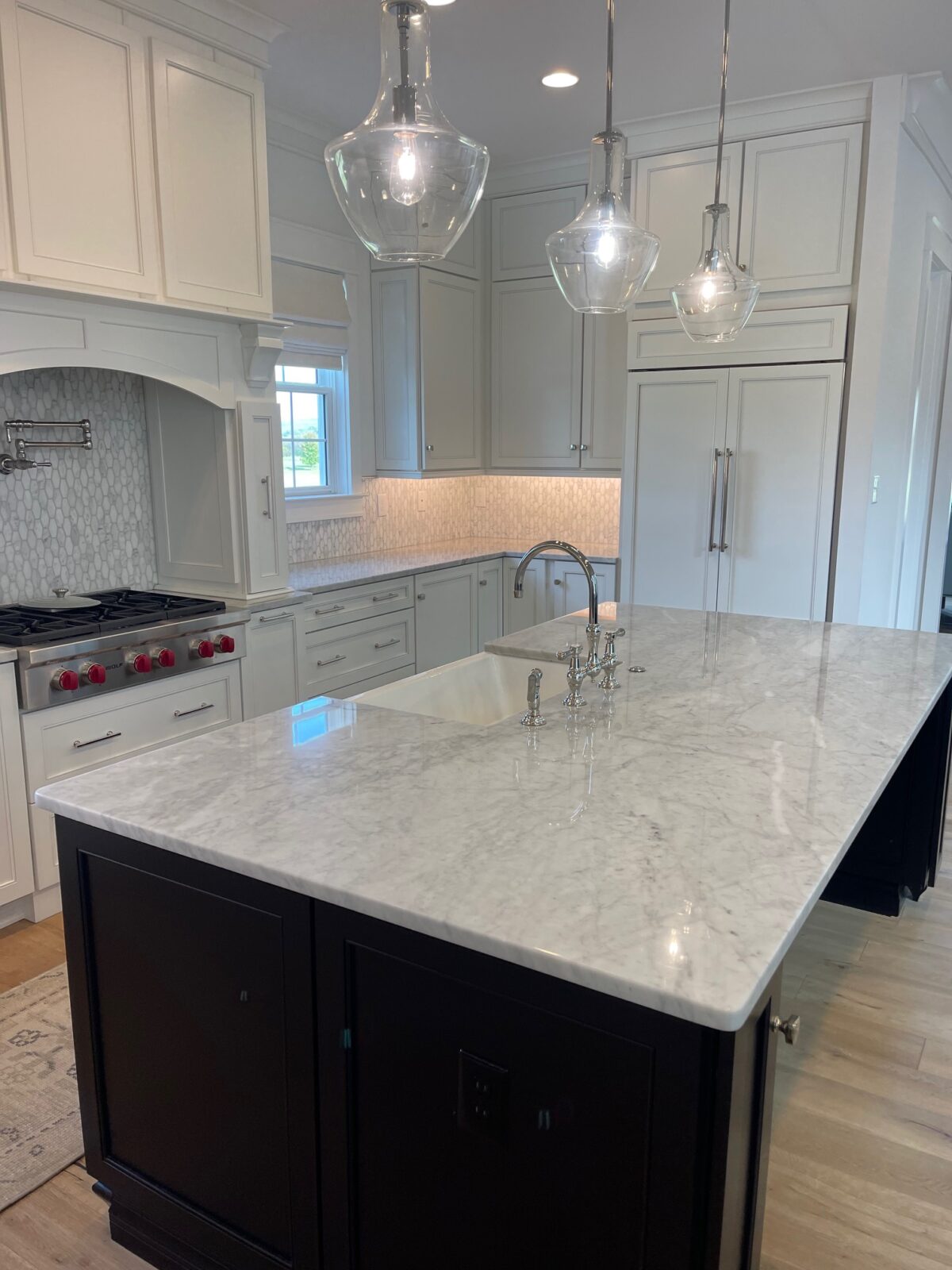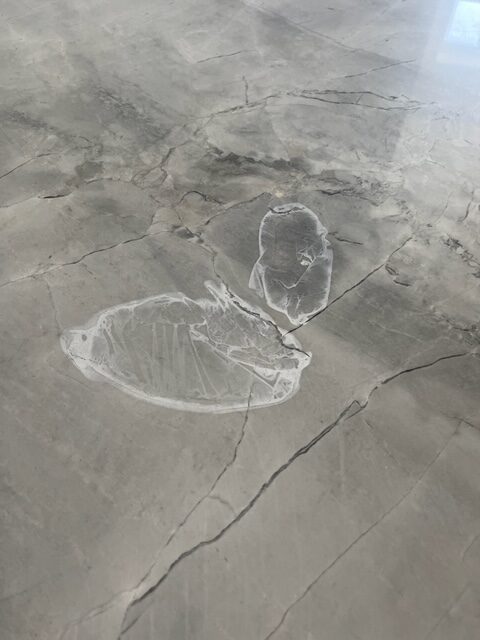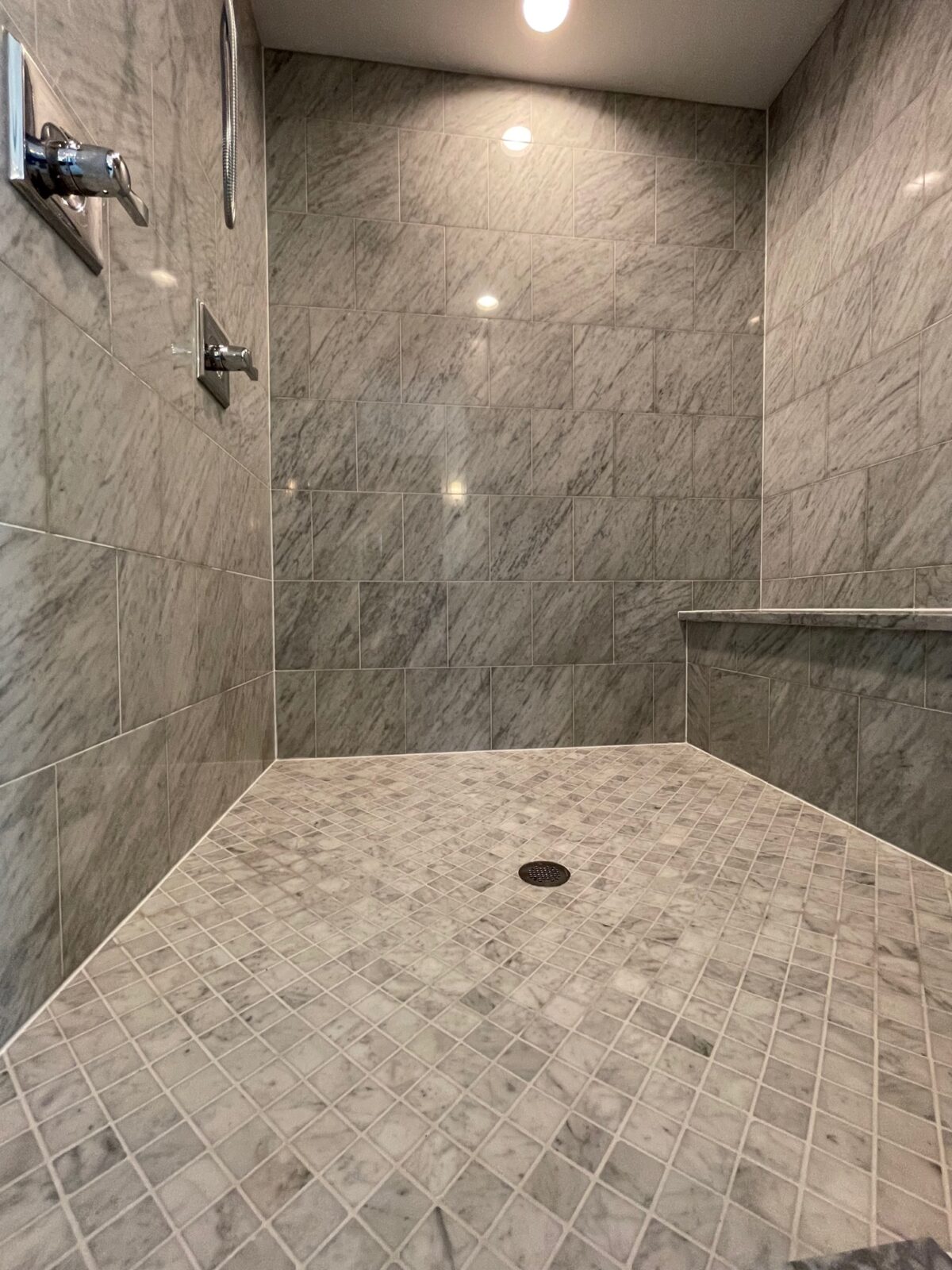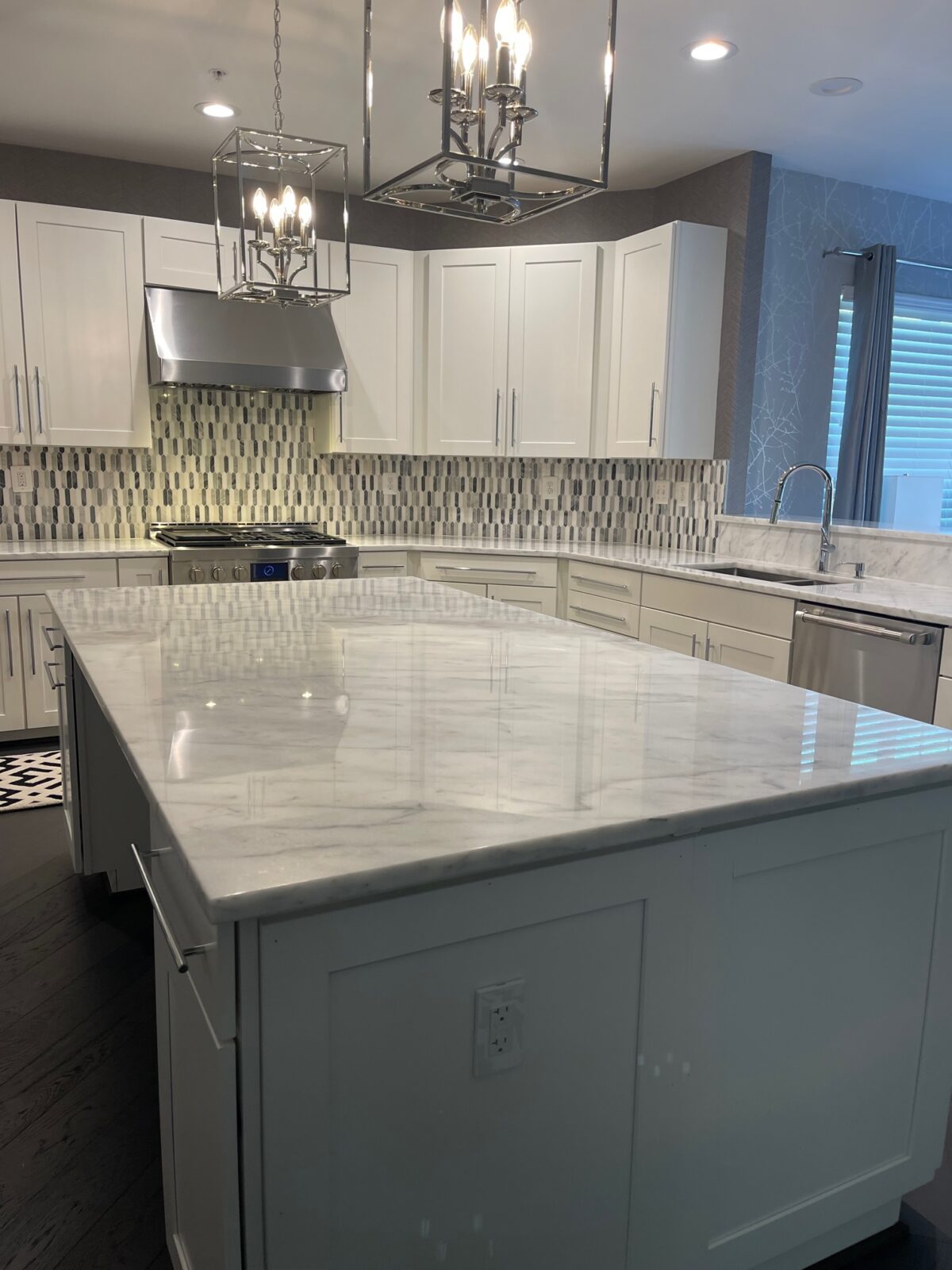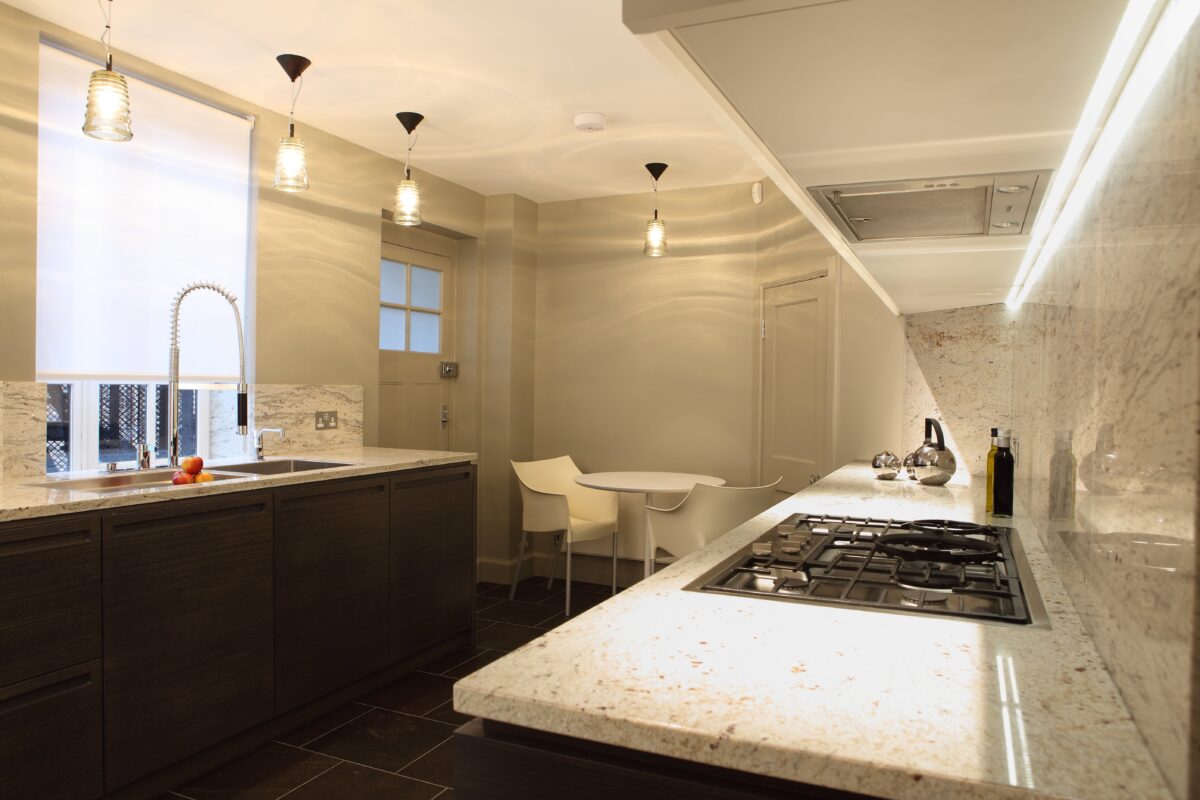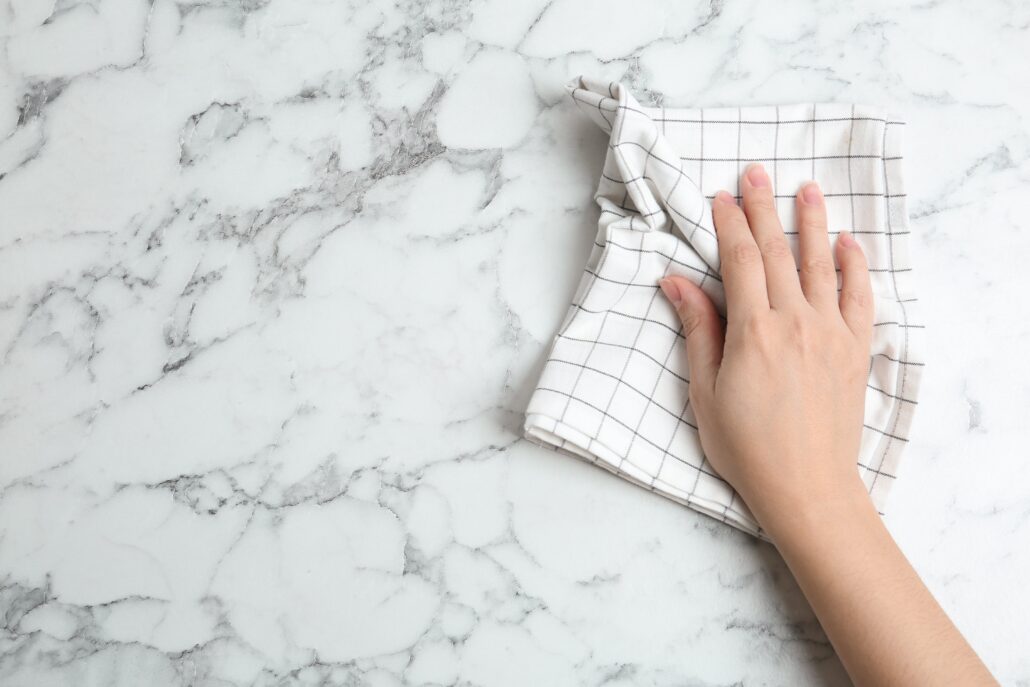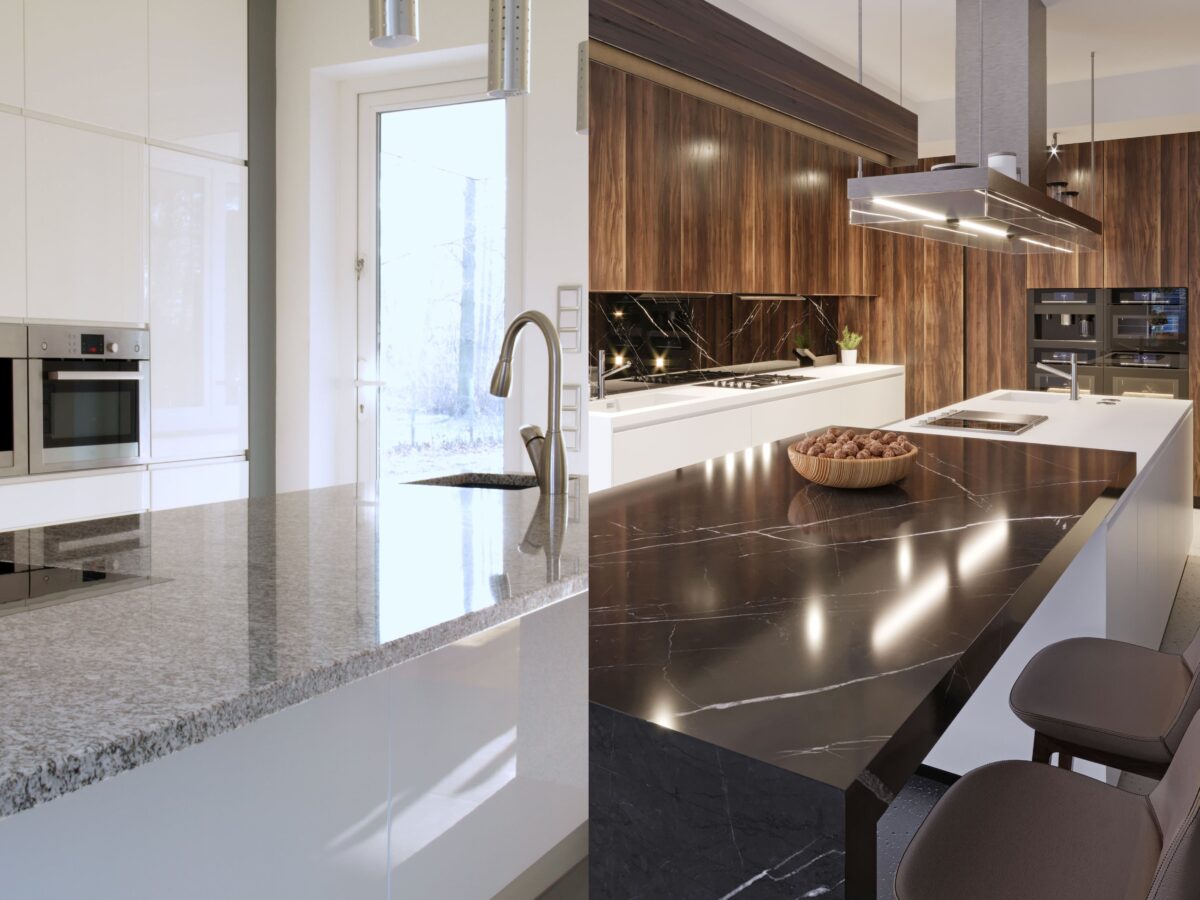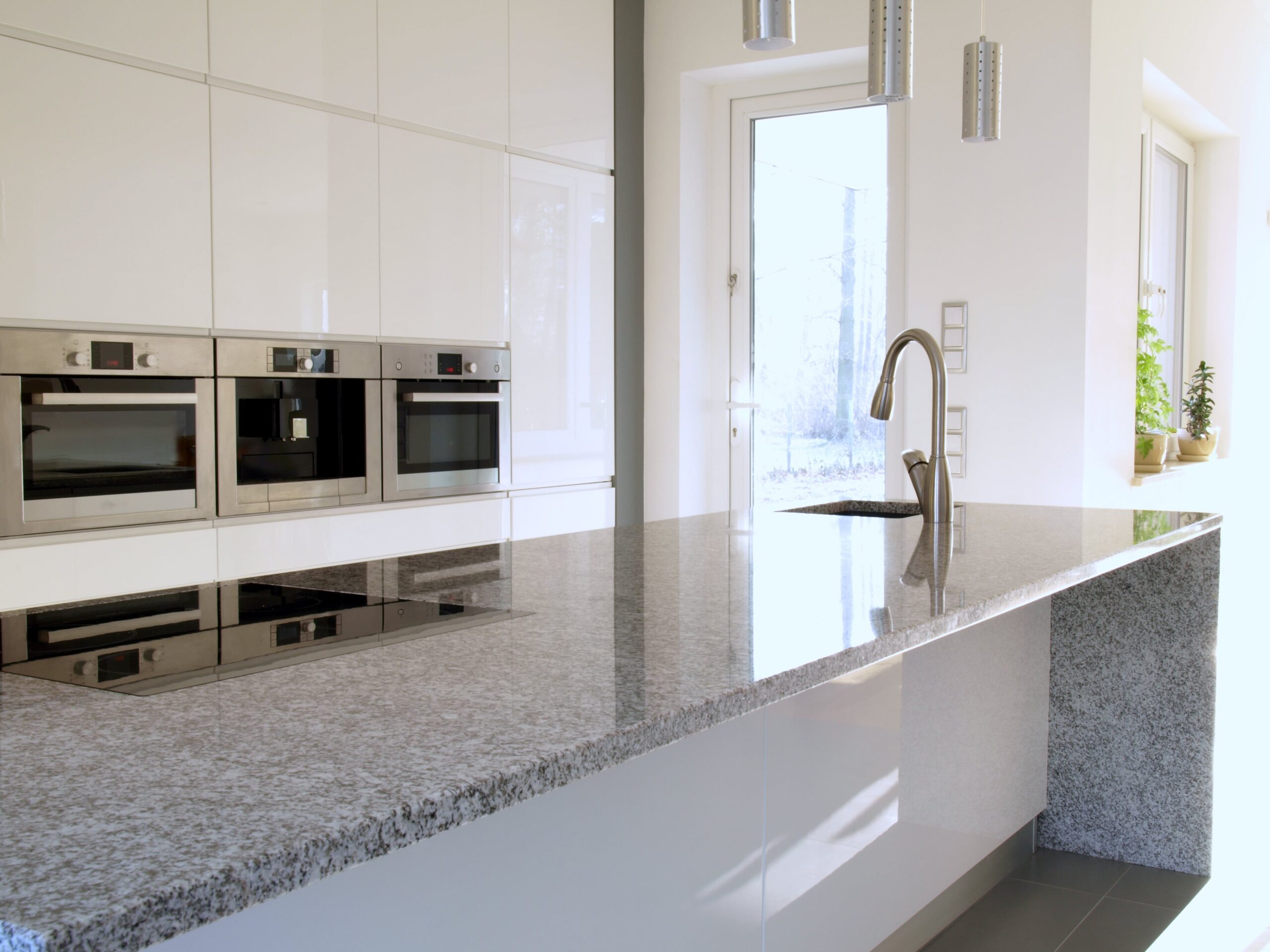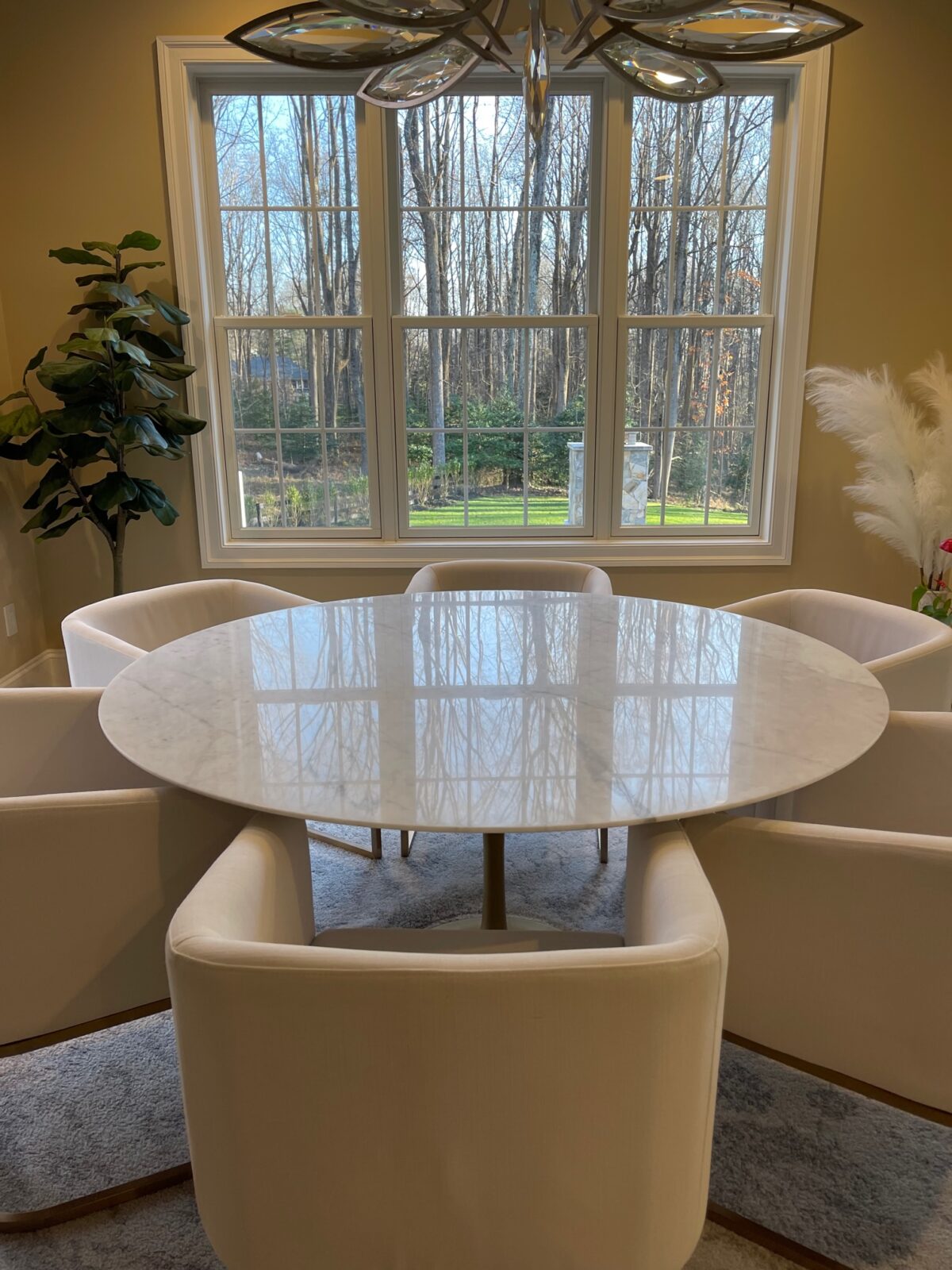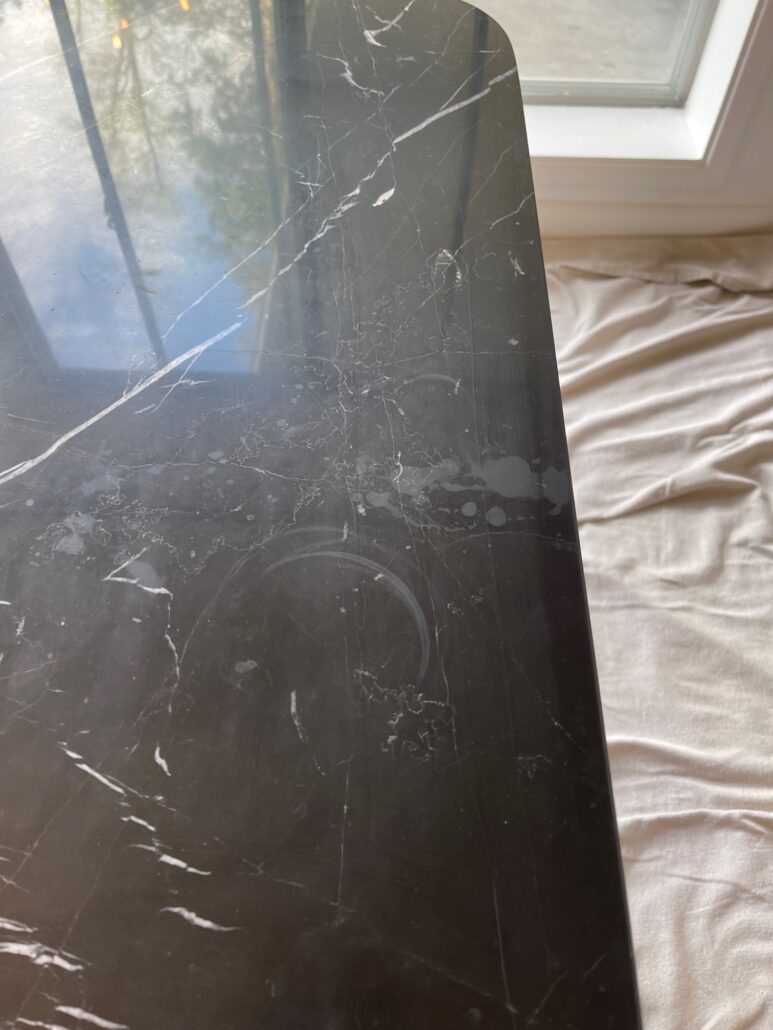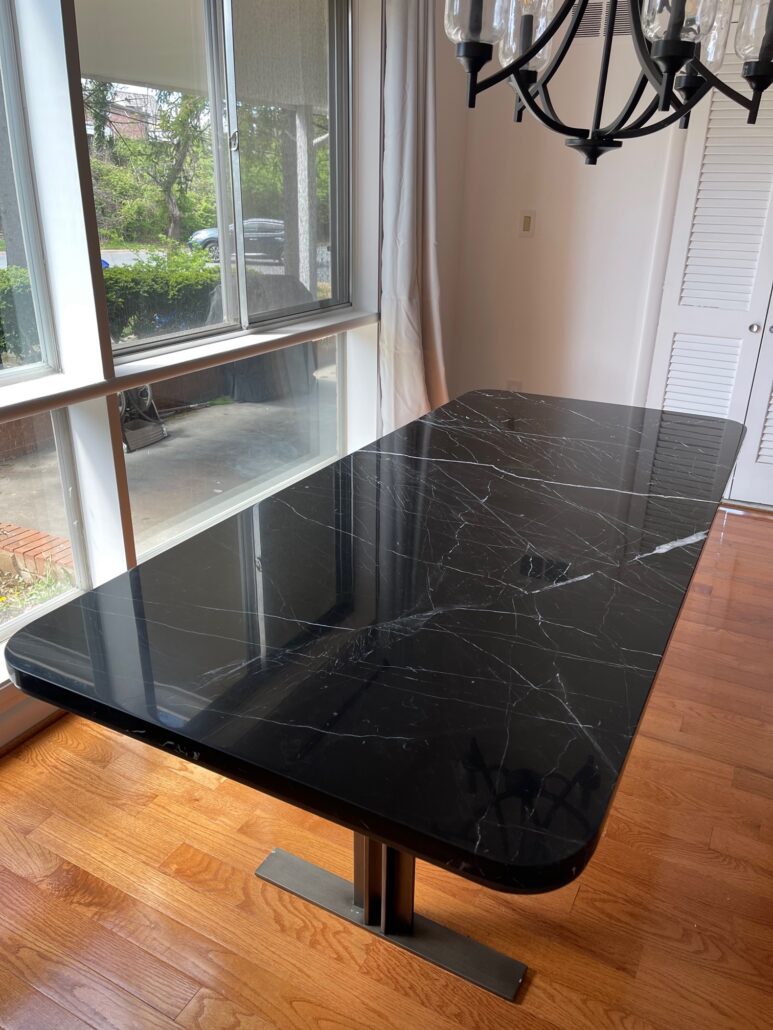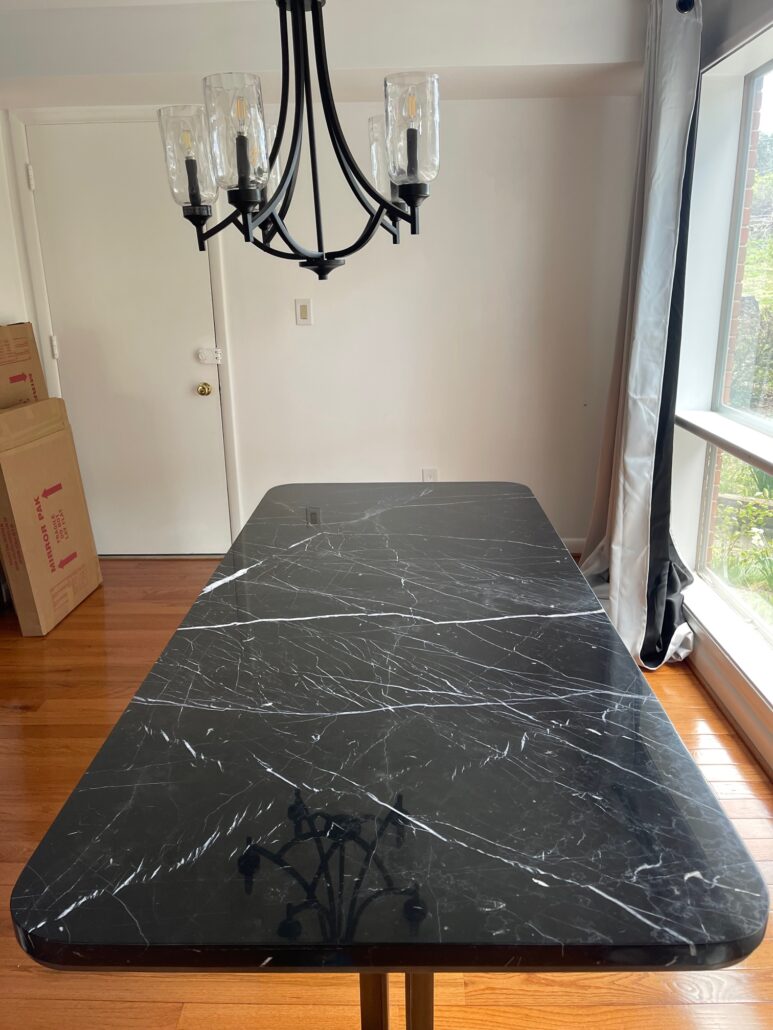The Benefits of Natural Stone Restoration in Summer
Summer is the perfect time to invest in the restoration of your natural stone surfaces. Whether you have marble countertops, granite floors, or slate patios, the benefits of restoring these surfaces during the warmer months are numerous and impactful.
Accelerated Drying and Curing
The warm, dry weather of summer speeds up the drying process for sealants and adhesives used in stone restoration. This results in a more durable and long-lasting finish. The quicker curing time also means less downtime for your surfaces, allowing you to enjoy your beautifully restored stone sooner.
Enhanced Aesthetics
Summer brings more sunlight, which naturally highlights the beauty of your stone surfaces. Restoring them now ensures they look their best when they’re most visible. Whether you’re hosting outdoor gatherings or simply enjoying more time at home, pristine stone surfaces can significantly enhance the overall aesthetic appeal of your space.
Increased Durability
Restoration during summer prepares your stone surfaces for the wear and tear of the coming months. Sealing and polishing can protect against stains, scratches, and other damage, ensuring your stone remains in top condition. This proactive maintenance can save you from costly repairs in the future.
Flexible Scheduling
Summer often means more flexible schedules, making it easier to plan home improvement projects. Whether you’re taking time off work or simply have longer days to work with, it’s easier to coordinate restoration work without disrupting your routine.
Boost Home Value
Investing in the maintenance and restoration of natural stone surfaces can also boost the value of your home. Well-maintained stone surfaces are a selling point for potential buyers, offering both beauty and durability. A small investment in restoration now can yield significant returns down the line.
Enjoyment All Season Long
By restoring your natural stone surfaces in summer, you ensure they are in their best condition for the season when you’ll likely be using and enjoying them the most. Whether it’s a polished granite kitchen island for summer cookouts or a gleaming marble bathroom for guests, restored stone surfaces add a touch of luxury to your everyday life.
In conclusion, summer is the ideal time for natural stone restoration. The combination of optimal weather conditions, enhanced aesthetic appeal, and the opportunity for increased durability make it a smart investment for any homeowner. Restore your natural stone surfaces this summer and enjoy their beauty and functionality all season long.
Invest in the longevity and beauty of your natural stone surfaces with NOVA Stone Care’s expert restoration services. Contact us today to learn more about how we can transform your stone from dull to dazzling. Interested in learning more about our natural stone restoration services or hiring NOVA Stone Care for your natural stone refinishing needs? Visit our website to find out more about who we are, what we do, and our level of expertise.





